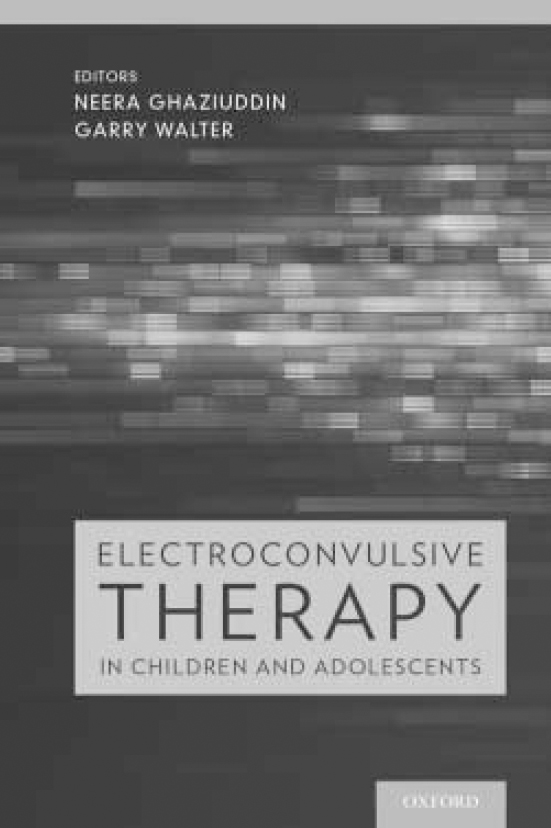
Reading this book was a fantastic opportunity to form a view on the best evidence available, although I should preface my review by pointing out that there are no controlled electroconvulsive therapy (ECT) trials in young people under 18.
ECT was introduced in Rome in 1938 and from 1940 until 1950 was used in all age groups. ECT studies demonstrated effectiveness in conditions such as mania, melancholia and childhood schizophrenia, but the public image of ECT took a nose dive in the 1960s and even more so after films such as One Flew Over the Cuckoo’s Nest (1975). However, the past decade has seen resurgent interest in the use of ECT with young people.
The application of ECT in adults and young people differs. Studies in the USA and Australia indicate that less than 1% of all patients treated with ECT are children and adolescents. Children have a lower seizure threshold and the risk of prolonged seizures is increased. There have been no reported deaths linked to ECT. Side-effects in young people appear to be generally mild and transient.
In this comprehensive and rare text on ECT, Ghaziuddin & Walter systematically address the issues of stigma, training, consent and practice. Procedures and practice have been progressively refined and now modern anaesthetic methods are in use. Pre-assessment is thorough, outcome measures are both generic and specific, including cognitive assessment scales and neuropsychological testing; electrocardiography, electroencephalography and brain imaging are recommended. It would appear that there are no absolute medical or neurological contraindications to ECT. Specific chapters are dedicated to ECT treatment studies and procedures for particular disorders, with accompanying case vignettes.
In conclusion, the evidence from open studies and case series for ECT in children and adolescents is convincing. Those clinicians who have during the course of their practice seen profoundly depressed children and young people unresponsive to treatment, young people with life-threatening catatonic states, or severely self-injurious children with autism spectrum disorder who head-banged until brain damage ensued, will, no doubt, consider ECT more readily after referring to this book. Others need training. If you are considering the administration of ECT for your patients or discussing the ‘pros and cons’ with the young person and their family, be sure to refer to this work.



eLetters
No eLetters have been published for this article.